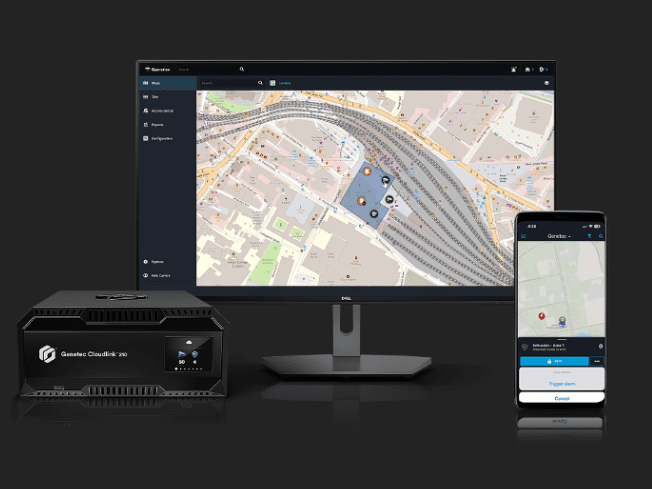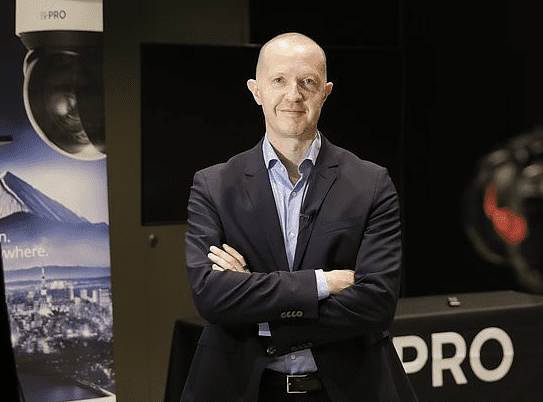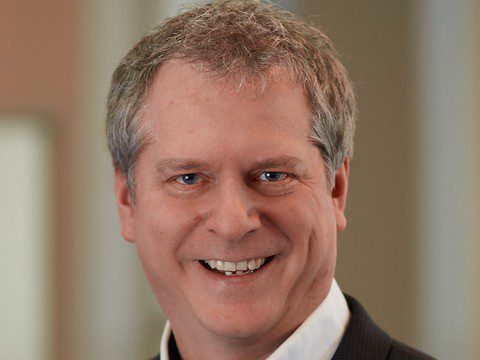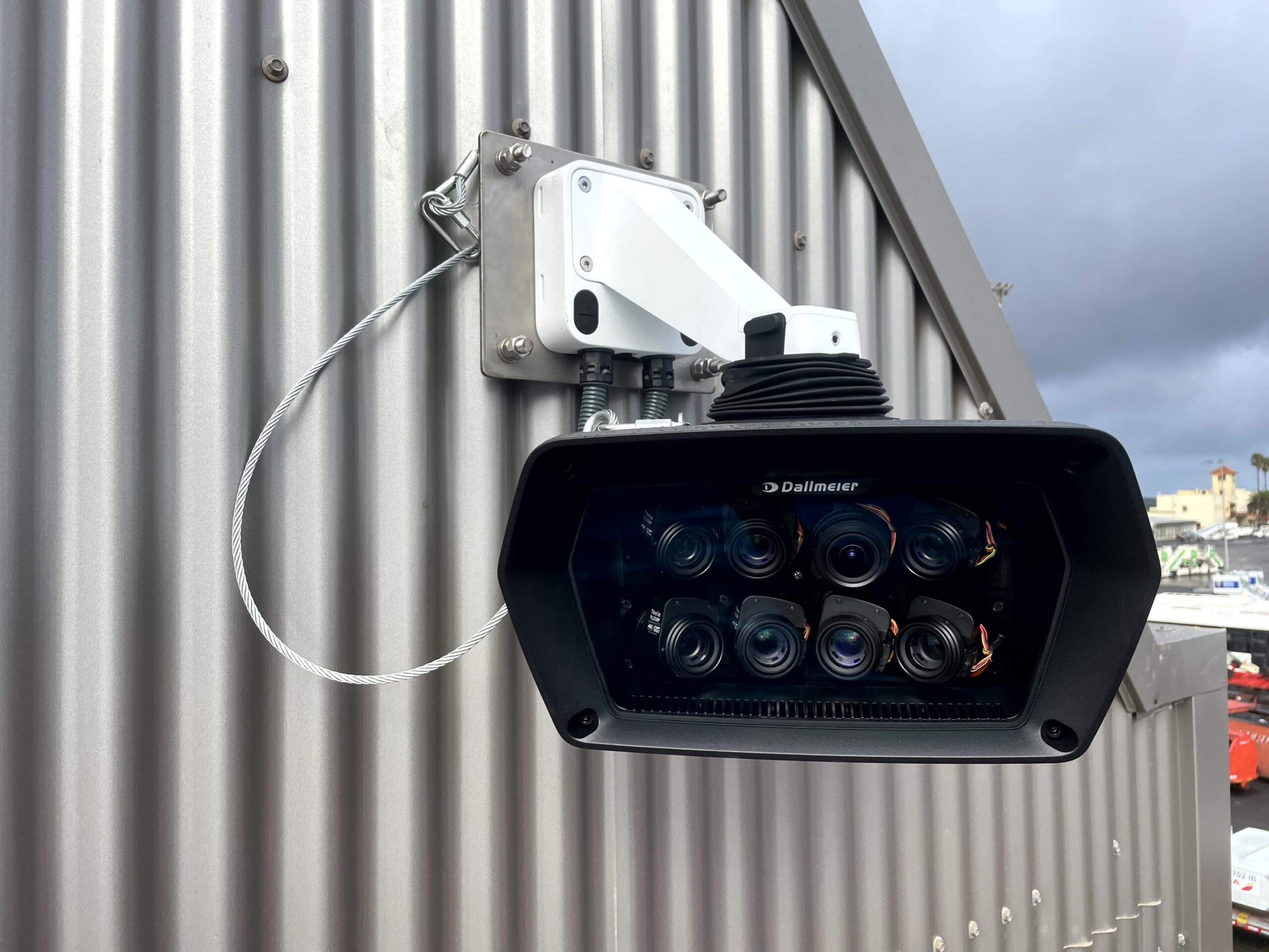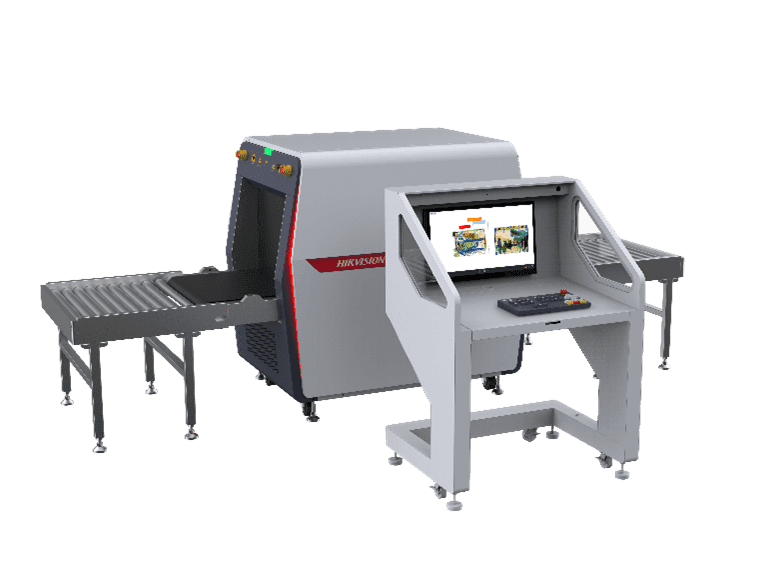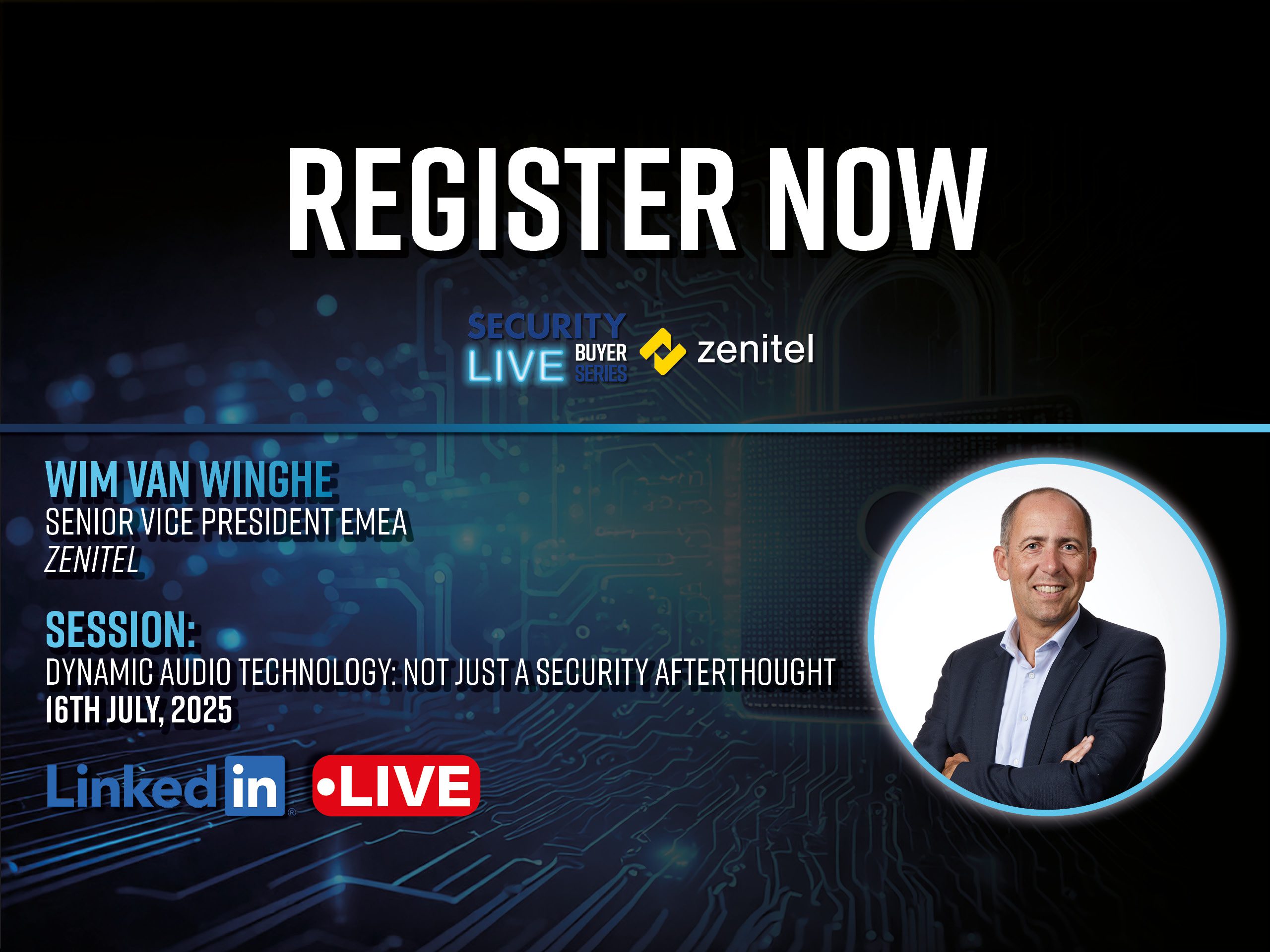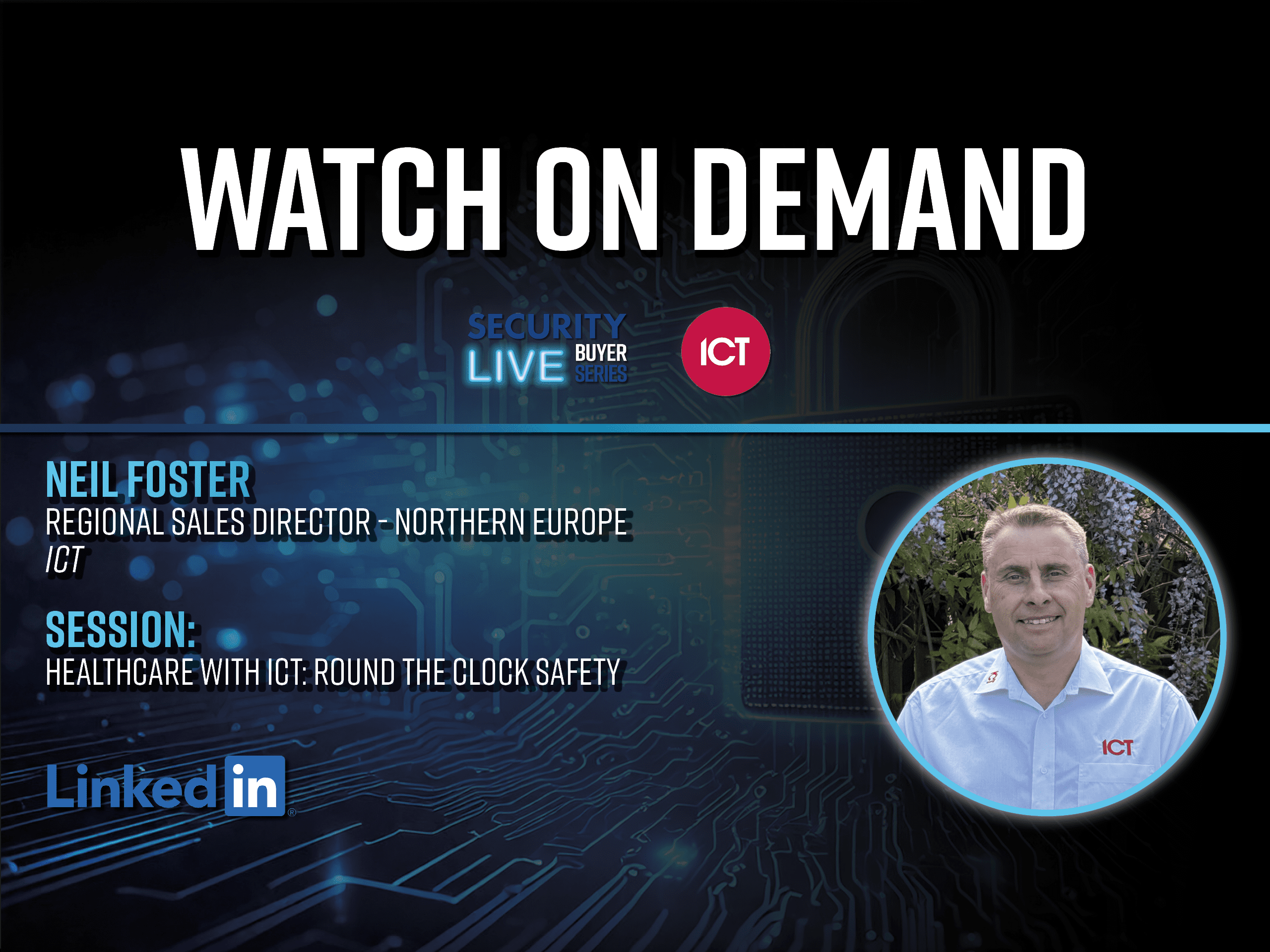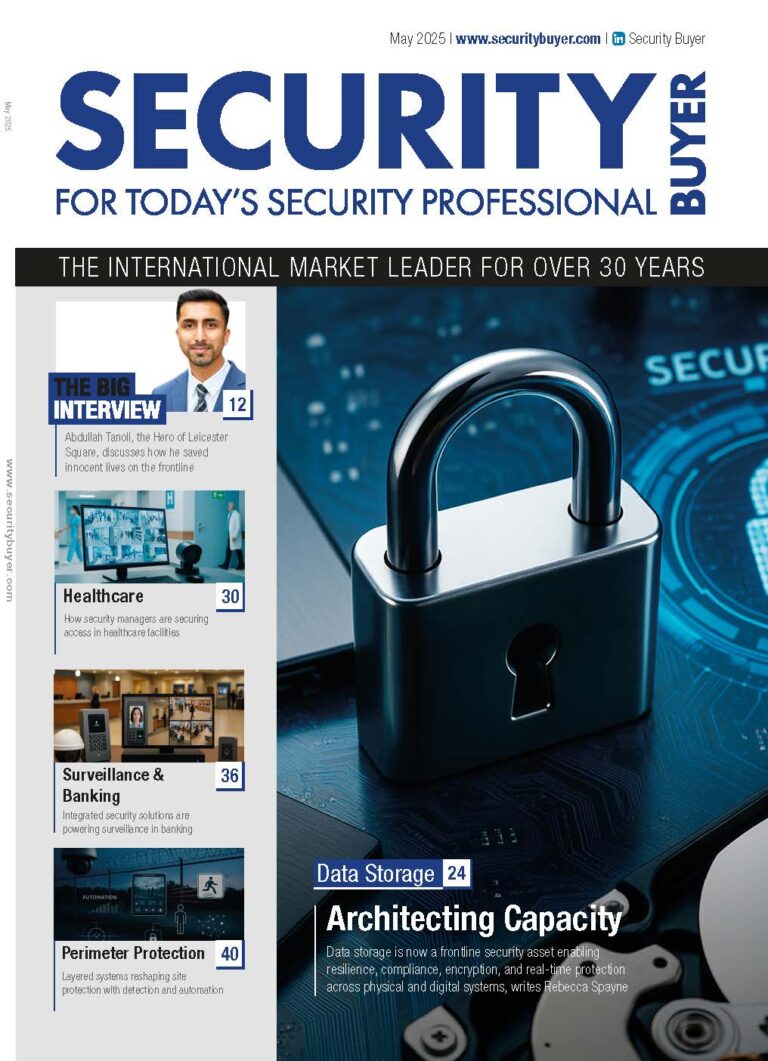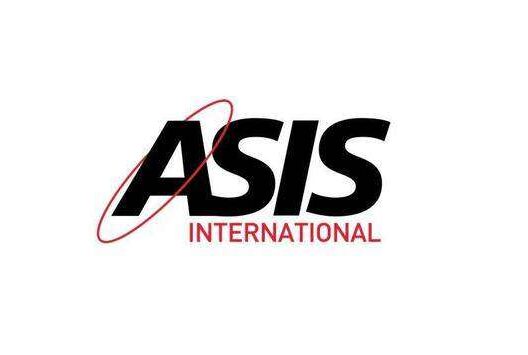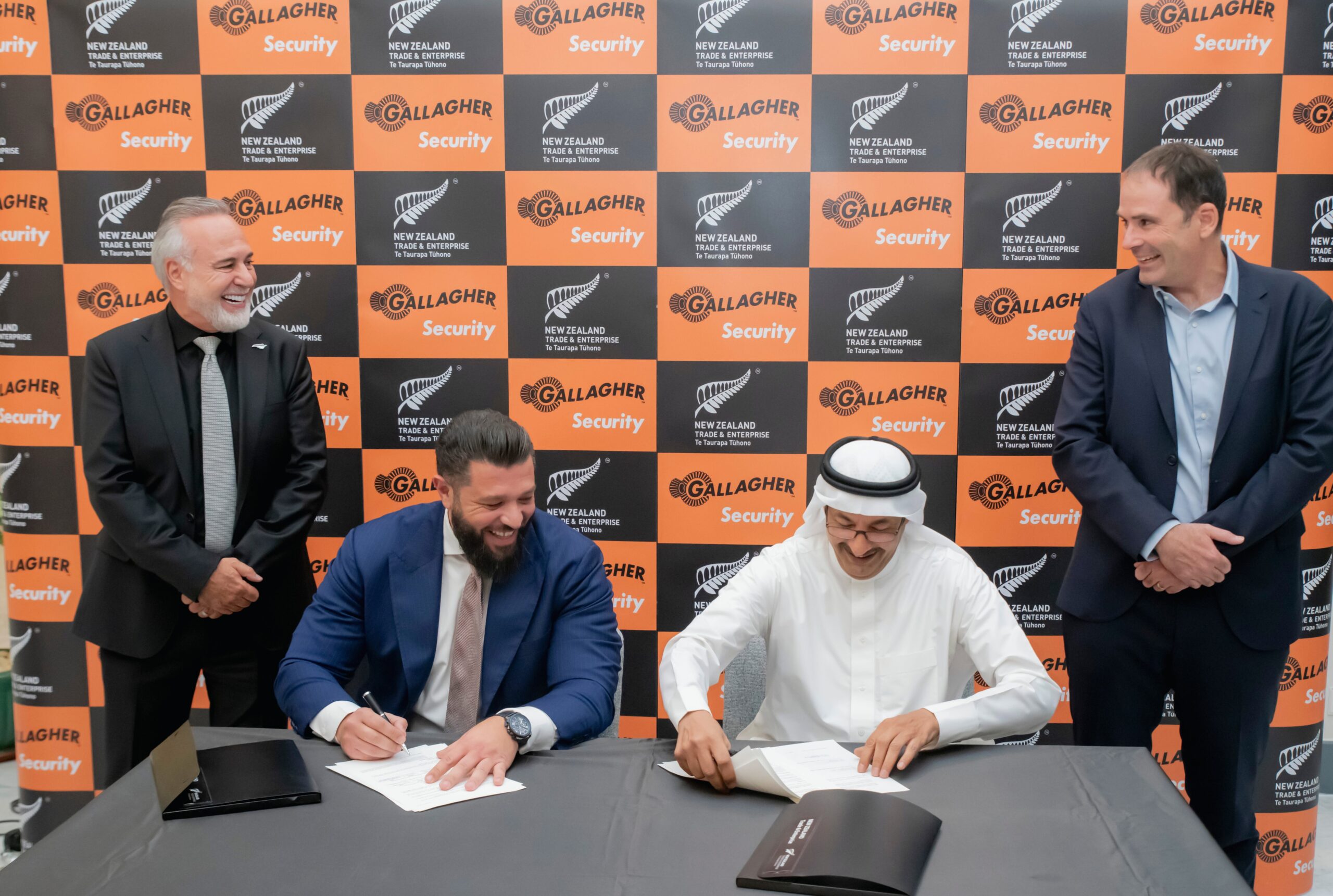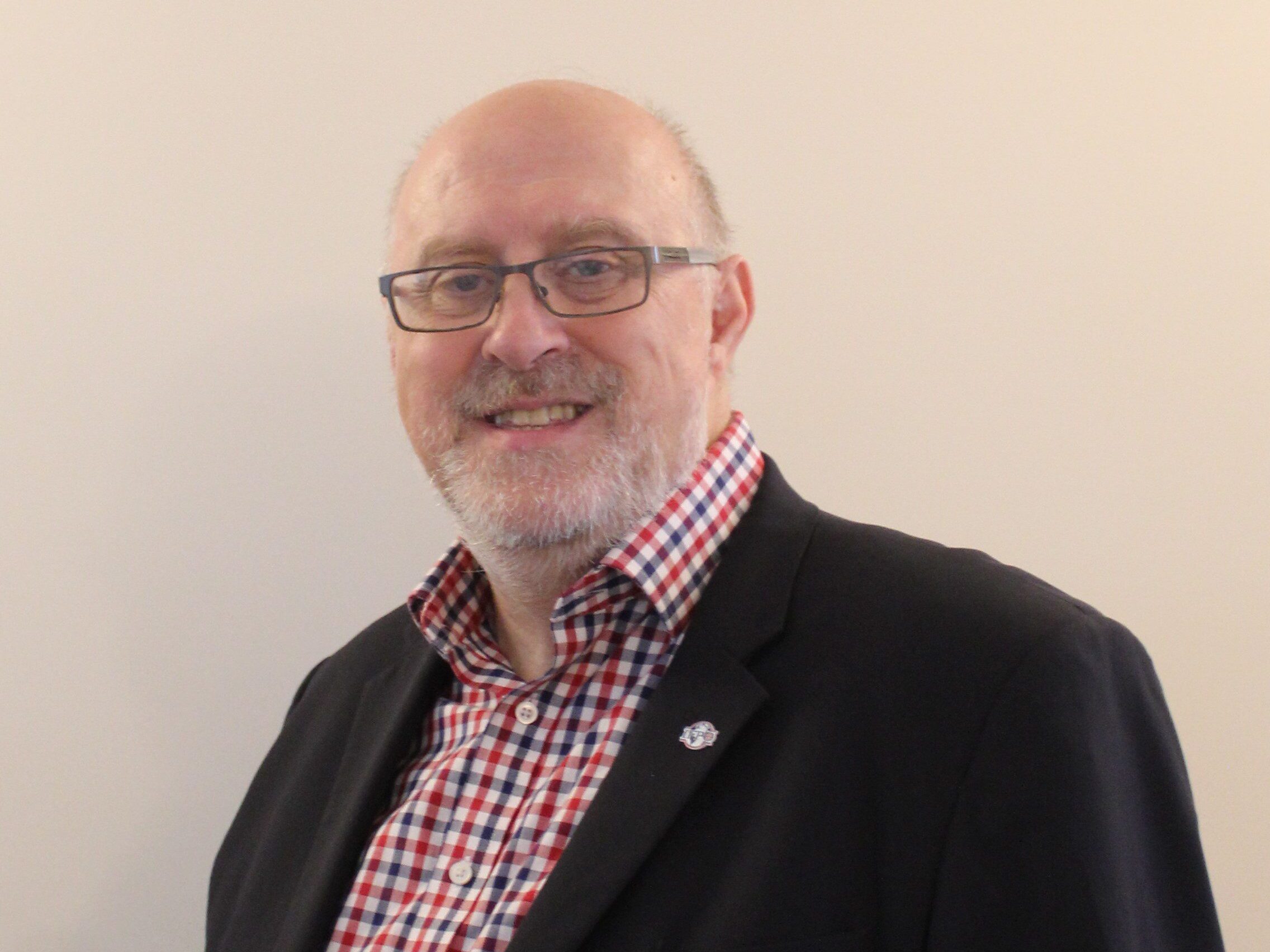Rasheed Alzahrani, Director of Safety and Security at King Salman Park Foundation, shares insights into innovative safety and security strategies, the integration of AI, and global collaborations within the Kingdom of Saudi Arabia
To begin, could you introduce yourself and provide some background on your role and experiences?
I am a civil engineer who landed in safety and security. My professional journey across various industries, such as energy and real estate, capitalises on the importance of safety and comprehensive security. I currently lead the safety and security at King Salman Park, which presents unique challenges and requirements.
While I’m proud of my previous roles, being part of King Salman Park Foundation is a highlight. King Salman Park might be perceived as another public park; however, it is a life-changing project, transforming the quality of life for Riyadh’s community. Being an urban hub for cultural, recreational, and community activities, safety and security are a top priority.
Our mission is to safeguard both visitors and assets while promoting collaboration and connectivity among stakeholders. Safety and security are about more than just implementing measures, they are about building trust. At the conference today, we discussed the importance of working together, especially during emergencies. Effective communication and resource utilisation are crucial. With rapidly advancing technology, such as 5G, artificial intelligence (AI), and machine learning, we must strike a balance between leveraging these tools and safeguarding private data.
How can safety and security leaders ensure effective communication and collaboration among diverse stakeholders, particularly in emergencies?
The key is to establish clear responsibilities for all entities involved. We must prioritise collaboration by hosting regular meetings to define these roles. Each stakeholder, whether public or private, must have a clear understanding of their position in our safety and security framework. By defining these roles early, we reduce confusion during crises.
We also integrate commercial collaboration documents and protocols, ensuring every facility and stakeholder understands their responsibilities. This preparation includes having agreements in place with emergency services, law enforcement, and private contractors, ensuring a seamless response when needed.
Additionally, we conduct regular drills and exercises to reinforce this collaboration. These exercises simulate real-life scenarios, allowing stakeholders to practise their responses and identify areas for improvement. Sharing knowledge and lessons learned from these drills helps us refine our strategies. Building strong relationships between public and private sectors fosters a unified approach to safety and security, ensuring we can respond efficiently and effectively in any situation.
Saudi Arabia is investing heavily in smart cities. How is safety and security integrated into these developments?
Saudi Arabia is making significant strides in developing smart cities, aligning with its Vision 2030 initiative to diversify the economy and embrace technological innovation. Saudi Arabia’s leaps in smart cities are driven by government efforts to foster digital transformation, which is primarily to attract tourism while emphasising sustainability and environmental responsibility. Green technologies and practices are incorporated to minimise ecological impact and promote sustainable urban living.
As part of this evolution, technology such as artificial intelligence and the Internet of Things (IoT) has been integrated into urban planning, ensuring that cities have the required infrastructure from the outset. Cybersecurity has also been considered to protect data and ensure privacy as part of innovative city initiatives. This includes using centralised cloud infrastructure for real-time data analytics and efficient information sharing among stakeholders.
This transformation reshaped the way safety and security operate, where systems are designed to ensure people feel safe at all times, which is fundamental for fostering trust and confidence. For instance, if someone loses their wallet at the airport, our connected systems can locate and return it within hours. This level of efficiency is possible because of the technology we’ve implemented. Systems are interconnected, allowing us to track and respond quickly to incidents. These systems address immediate concerns and create a sense of security that encourages tourism and investment.
AI is a significant trend in safety and security. How is it being utilised, and what challenges do you foresee?
AI has completely transformed safety and security as an enabler tool. Both government and private security and safety entities benefit from the predictive features, which can prevent potential risks or hazards. Machine learning also plays a key role by helping us allocate resources efficiently. For example, data collected from AI systems can guide decisions on where to deploy security personnel or install additional surveillance systems.
Although AI brings efficiency and better measures, the technology will also create new challenges, such as addressing cultural and geographical factors, data privacy, and ethical considerations. As Saudi Arabia stepped into the data management and AI business, The Saudi Data & AI Authority (SDAIA) has made tremendous efforts to govern and oversee its use.
The European Union has implemented legislation like the EU AI Act to regulate AI use. Do you anticipate similar regulations coming to fruition in other regions?
Absolutely. Without rules, the risks of AI misuse or unethical practices could outweigh its benefits. Saudi Arabia’s Vision 2030 initiative strongly emphasises AI, aiming to position the Kingdom as a leader in AI innovation and regulation. This vision includes significant investments in AI research and development and the establishment of regulatory frameworks to ensure the ethical use of AI technologies.
Saudi Arabia has adopted a risk-based approach in addressing AI applications and is making significant progress in regulating AI, ensuring its deployment is safe, ethical, and aligned with global standards. The Kingdom has also participated in global discussions and collaborations, such as the Bletchley Declaration, which brings together countries to address AI governance and ethical considerations.
How does cybersecurity complement physical security?
Integrating technology into our daily activities has expanded our parameters to consider cybersecurity. Physical security systems like surveillance cameras and access control are linked to digital networks, underscoring the critical need for robust cybersecurity, as any vulnerabilities in cyberspace can potentially compromise physical security operations.
At King Salman Park Foundation, we emphasise convergent security, integrating cybersecurity measures with physical security for a comprehensive approach. This holistic approach safeguards tangible and digital assets, creating a secure environment for everyone. We greatly appreciate the efforts of our cybersecurity department, whose dedication and expertise are vital to our integrated security strategy’s success and achieving our goals.
How do you balance the need for visible security measures with creating a welcoming environment in public spaces like parks?
Establishing a security strategy is essential to finding the right balance between security and usability. Public spaces should be welcoming and enjoyable, so it’s crucial to implement security systems that are both effective and discreet, allowing visitors to feel comfortable and relaxed. Areas with higher security needs, such as critical facilities or infrastructure, can benefit from visible security measures serving as a strong deterrent while still ensuring accessibility.
What emerging trends beyond AI are shaping the future of safety and security?
To effectively navigate future challenges, the safety and security industry must proactively anticipate and adapt to evolving social and technological trends. The technological landscape and its uses are evolving, and standardisation is needed more than ever, especially regarding safety and security.
Beyond AI, cloud-based solutions revolutionised safety and security operations. They enabled centralised data management and real-time analytics, which allowed for more effective incident response and information sharing among stakeholders. Besides that, IoT devices are becoming integral to intelligent security solutions. These devices provide real-time monitoring and data collection, enabling more proactive and responsive security measures. IoT is particularly useful in smart cities, where interconnected devices can enhance public safety and improve the management of urban environments….
To read the full interview, see our latest issue here.
Never miss a story… Follow us on:
LinkedIn: Security Buyer
Twitter (X): @SecurityBuyer
Facebook: @Secbuyer
Media Contact
Rebecca Morpeth Spayne,
Editor, Security Portfolio
Tel: +44 (0) 1622 823 922
Email: [email protected]


